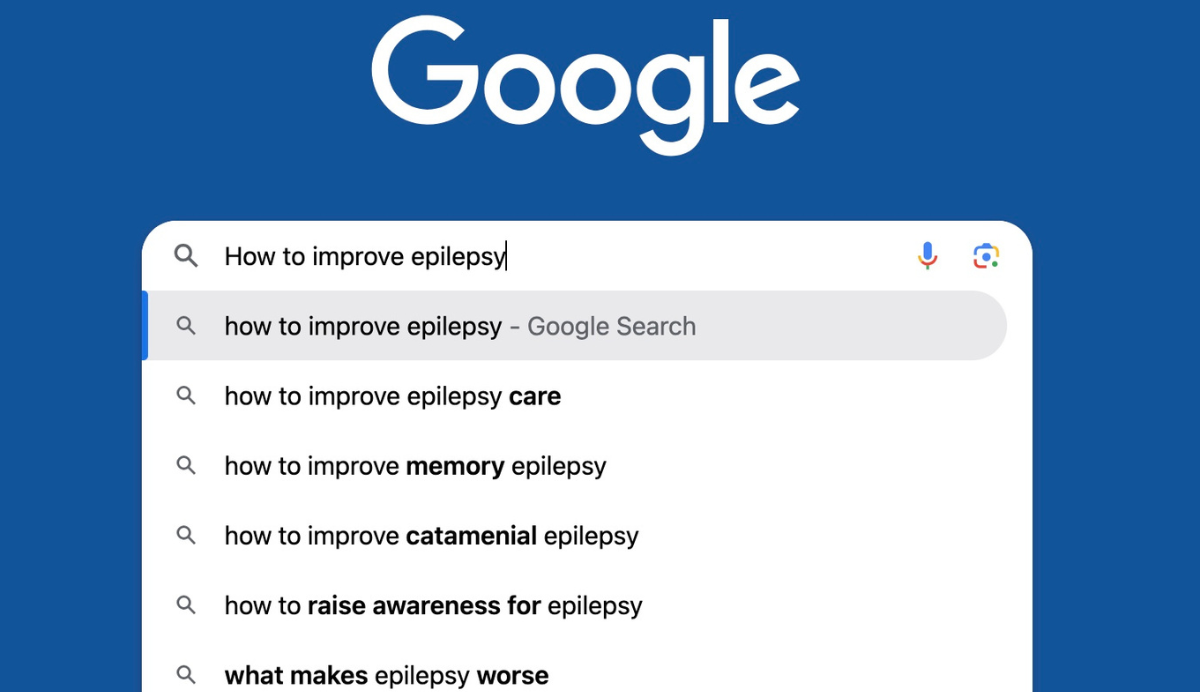
Vicky He, second year PhD student at the Florey Institute of Neuroscience and Mental Health is conducting neuroimaging research to better understand how the brain works, and how it may be affected in people living with epilepsy, using the AEP imaging data.
Vicky He’s research uses MRI (Magnetic Resonance Imaging) to map the location of brain functions. One example of how this works is when asking someone to perform a task such as indicating whether words rhyme - the MRI is able to show which parts of the brain are active during the task.
Mapping brain function in this way, has been a mainstay of brain imaging research for many years.
But we are now moving beyond this to explore brain dynamics; that is, how do distinct brain regions communicate to perform complex tasks?
Reading is one of the more complex tasks that humans can perform. The visual word form area is one of the brain regions that plays an important role in reading. It is known to be involved in identifying words and letters from lower-level shape images, but with what other brain regions does it communicate? And does that communication change depend upon the task being performed?
We can begin to answer these question using data from the Australian Epilepsy Project pilot study. Participants perform a pseudoword rhyming task as well as a control task. We have built advanced statistical models and found increased communication occurred between the visual word form area and other critical language regions when a participant is reading.
This finding supports the hypothesis that the brain dynamically reorganises communication between different regions to perform different tasks.
The next step is to look at the relationship between the ability of a brain to quickly adapt to a task, and the corresponding ability of the individual to successfully perform the task.
This would shed light on how the brain functions, provide valuable insight to better understand impairments, and potentially provide targets for therapy to improve performance.
Read the full research abstract: Mapping information flow in the human brain

Ask an Epilepsy Expert: What can I do to help my condition?

Ask an Epilepsy Expert: How is epilepsy diagnosed?


